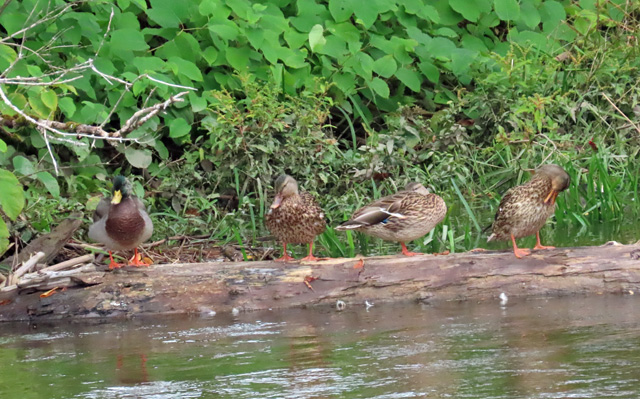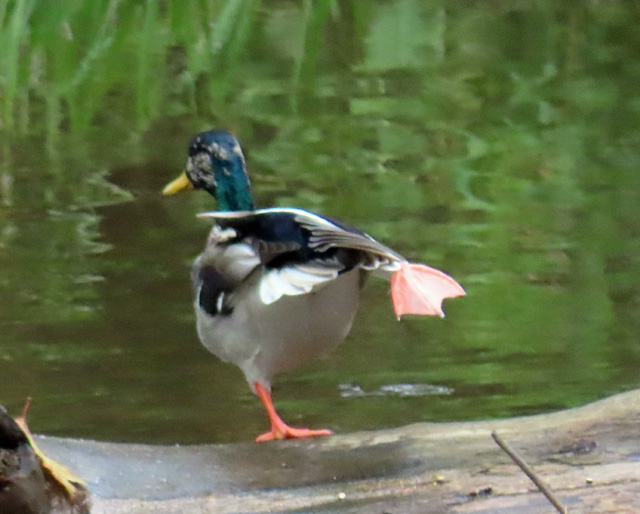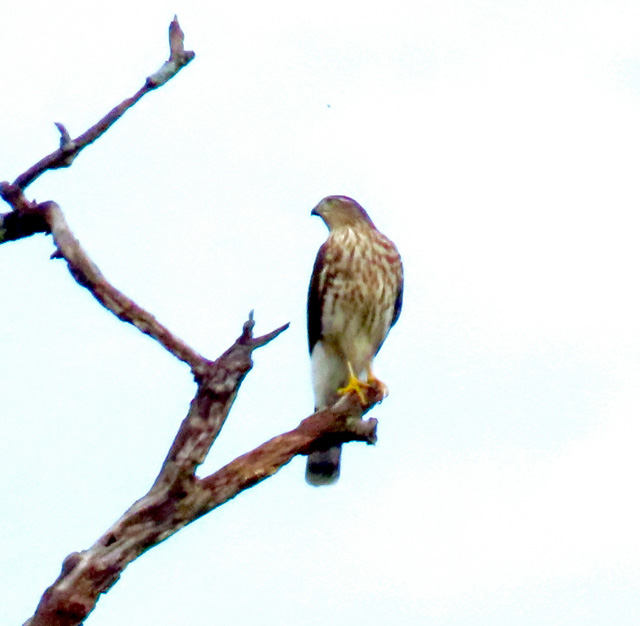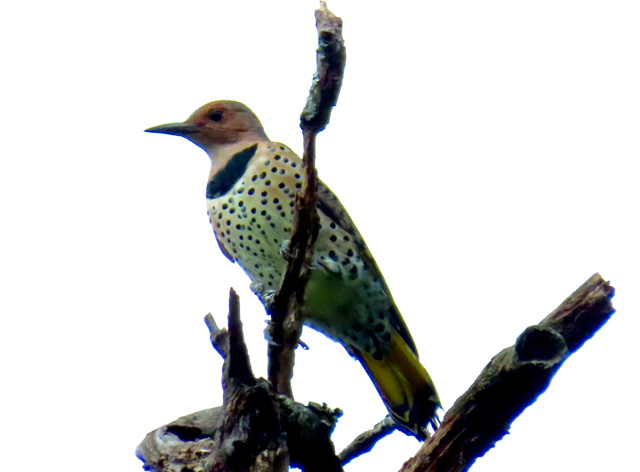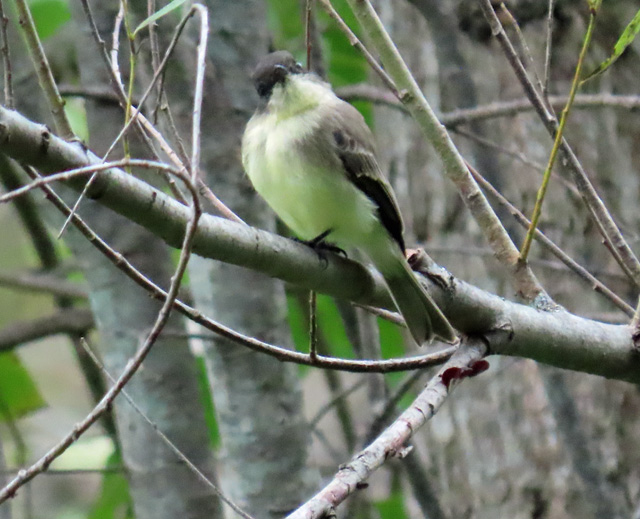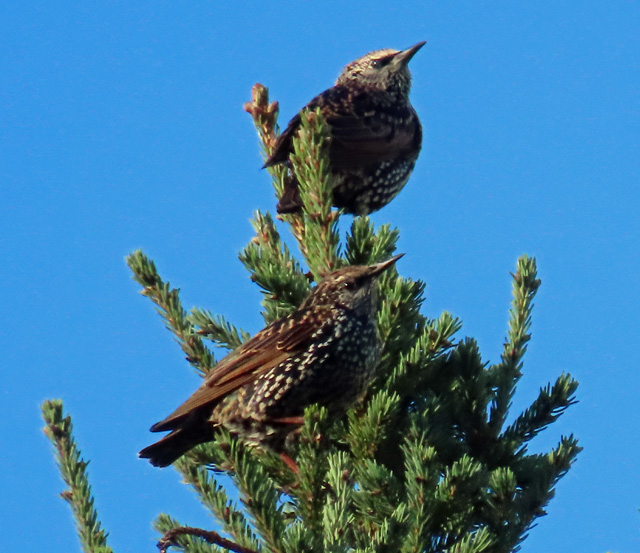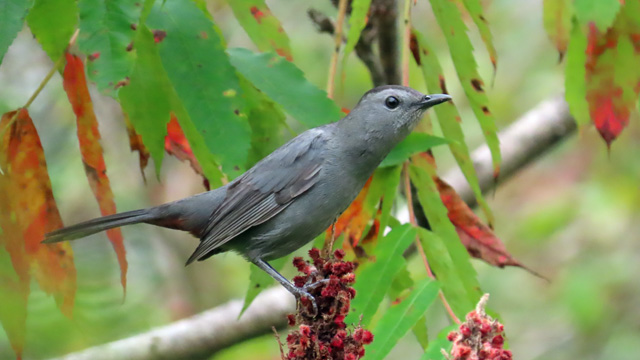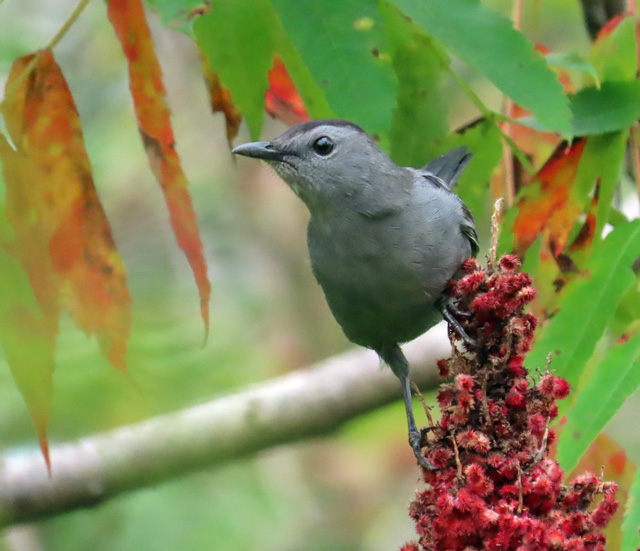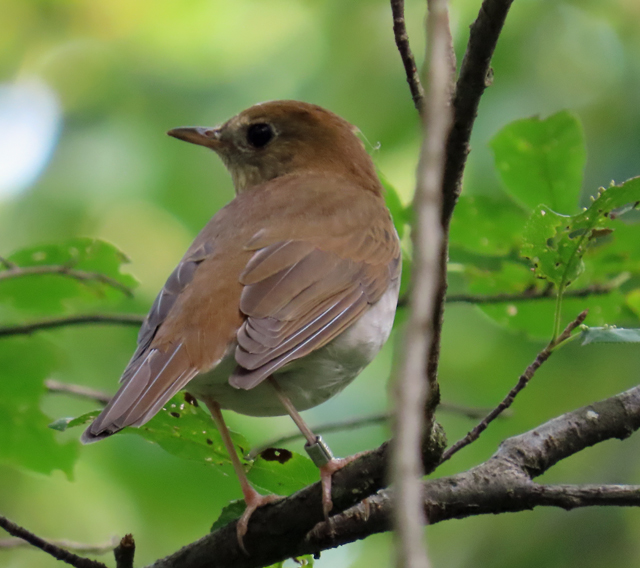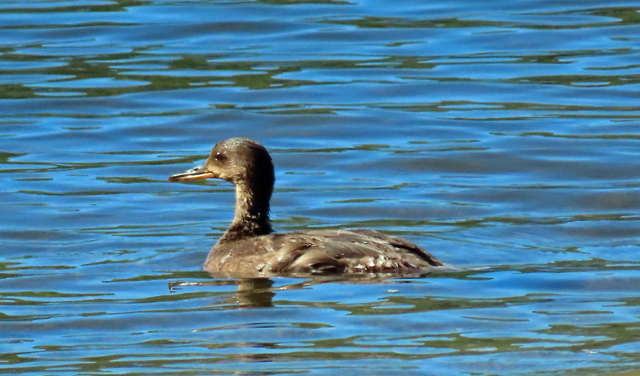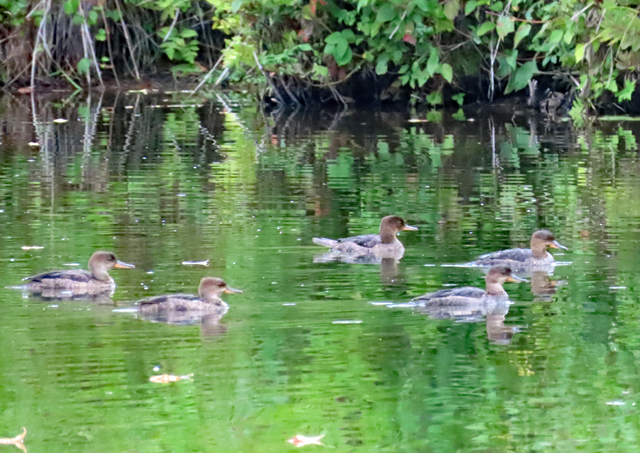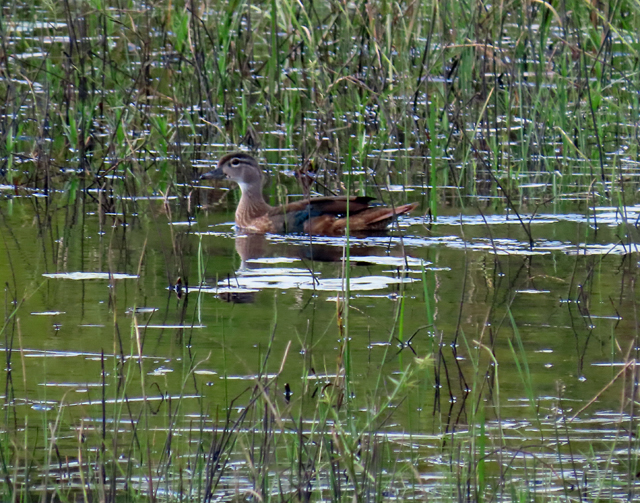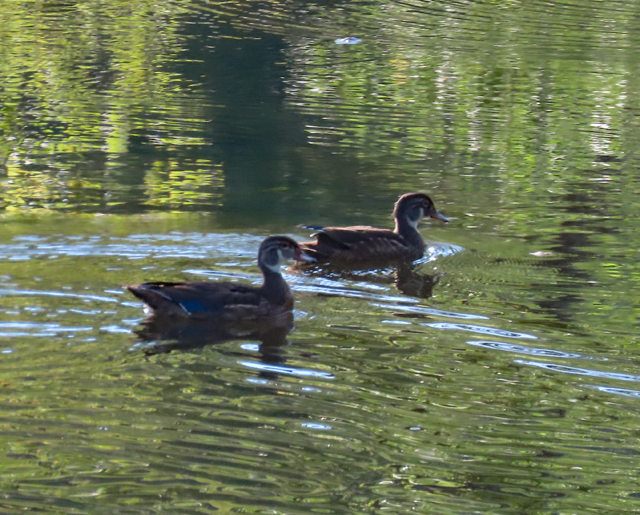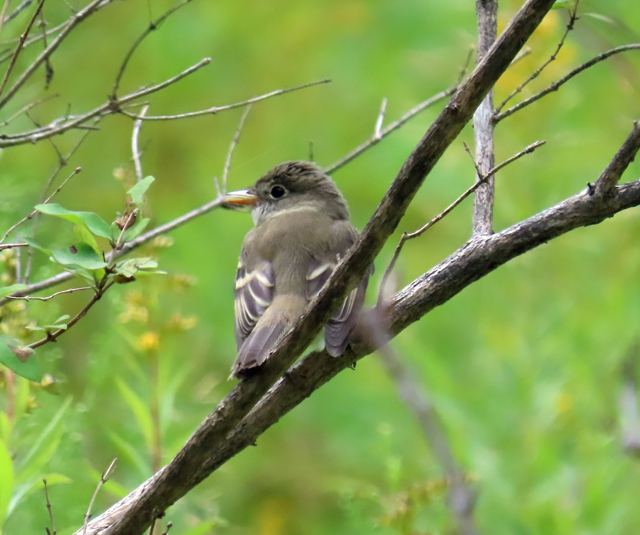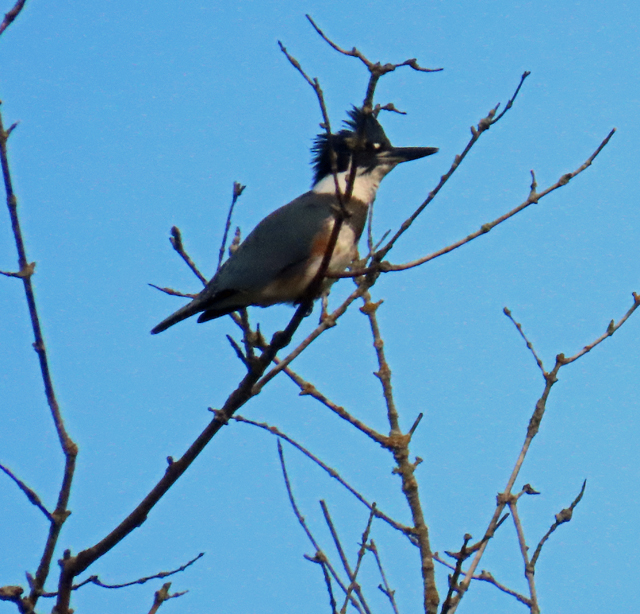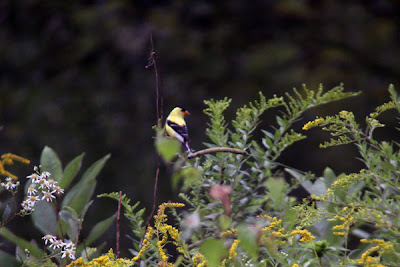
Just about when the leaf peepers begin flocking to the roadways to observe Vermont’s spectacular autumn foliage, an equally-enthusiastic set of nature lovers is trekking up the peaks to watch a different seasonal event: the fall migration of raptors. Also known as “birds of prey,” this majestic group includes the eagles, falcons, hawks, vultures, ospreys, and the less-familiar but no-less-impressive group called the harriers, of which North America has only one (the beautiful Northern Harrier). Perched on a mountain outcropping, one can predictably see large numbers of these birds as they make their way to southern climes.
Whether you’re a veteran bird-watcher or a novice, raptor-watching (usually referred to as “hawk-watching,” even though other types of raptors are included) is a great way to spend an autumn afternoon. One of its draws is that the birds are highly visible. Unlike the diminutive songbirds, which hop around incessantly and hide in dense shrubs, raptors are large, steady, and during migration, exposed. Also, because each group of raptors flies differently and has a distinctive shape, these birds are easy to tell apart. The peregrine falcon, for example, has long, pointed wings, which it flaps continuously for its fast, powered flight. In contrast, the bald eagle rarely flaps and its broad, sturdy wings make it look like a flying plank. At the popular hawk-watching sites, you’re likely to find fellow observers on the summit to help you with identification; learn the shapes and flight patterns of the major groups and you’ll be a hawk-watching maven in no time.
So when and where is a Vermonter to begin? The peak of fall raptor migration is from mid-September to early November; try going at different times of the season to see different species. The most popular hawk-watching sites in Vermont are Mount Philo, 15 miles south of Burlington, and Putney Mountain in the southeast corner of the state. Snake Mountain in Addison and Mount Ascutney in Windsor are also decent spots, as are Coon Mountain, just beyond the ferry terminal in Essex, New York, and Mount Tom in Massachusetts, straight down the Connecticut River from Brattleboro.
In addition to being a popular place for recreational hawk-watching, Putney Mountain is also an official migration monitoring site. Because raptor migration is predictable and easy to watch, people have been counting migrating raptors and recording their numbers since 1934, when the first official count site was established at Hawk Mountain Sanctuary in Pennsylvania. Since then, numerous similar counts have been established all over the globe, from the Panama Canal to the Strait of Gibraltar. The long-term migration data collected at these sites allow scientists to monitor raptor populations; numbers vary greatly from year to year, but over long periods of time, scientists can identify trends. The decline in juvenile Bald Eagles migrating past Hawk Mountain Sanctuary in the 1970s alerted Rachel Carson to the threat of DDT to these important predators, and she wrote about this trend in Silent Spring, the influential book which led to the ban of that harmful pesticide. Visit the Putney Mountain Hawk Watch just for fun, or participate in the count to play a role in history.
(read whole article from VTDigger.com)
This piece is by Emily Brodsky, a master’s candidate in the ecological planning program at the Rubenstein School of Environment and Natural Resources at The University of Vermont.
